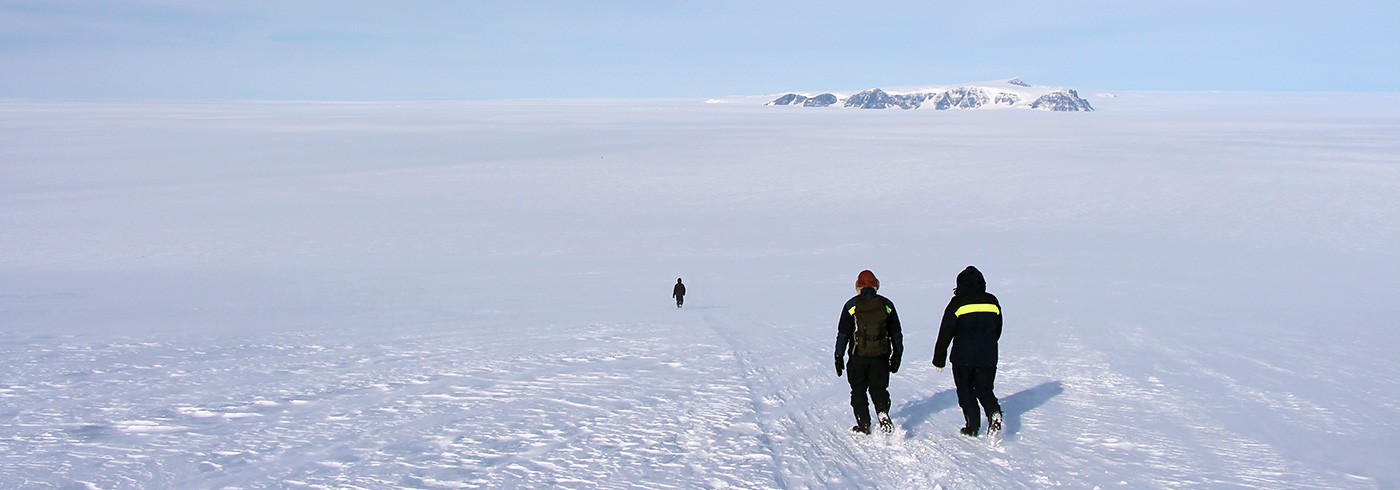
Karin plays a key role in the expedition. She is our own Antarctic master chef. Photo: Henrik Törnberg
Karin really plays a key role in the expedition – she makes sure we eat great food three times a day. It requires a lot of knowledge and planning to create a functional food plan for an Antarctic expedition. We are eleven persons who eat three times a day for two months. Overall, we are spending around 300 person-days at Wasa plus around 250 person-days in our field camp. This means 1,650 meals to be planned, prepared and cooked.
If something is forgotten, the nearest supermarket is in Cape Town about 4,400 km away. Although we usually say that we’re ”going shopping” when we go out to the food containers in the yard.

Fresh vegetables, dry goods, canned food and freeze-dried food were transported from Stockholm by ship. This food is what we have for the whole expedition. Photo: Henrik Törnberg
The food doesn’t get here by itself either. Dry goods, canned goods, and the freeze-dried food that we eat for lunch in the field have been shipped from Sweden. The transport started in late September by truck from Stockholm to Germany, where all food and equipment were loaded onto a ship to Cape Town. In Cape Town we also ordered additions like frozen and fresh food.
Everything was then loaded onto the ship S. A. Agulhas II, operated by the South African Antarctic Program (SANAP). The ship left Cape Town in late November and arrived to the German Neumayer Station the day before Christmas. Karin and the other members of the team transported everything the last 400 kilometers to Wasa. They arrived here at New Year’s.
It took just over three months to get the food here, and that’s still pretty fast considering the station’s extreme remoteness. The option to fly the food here is too expensive and causes unnecessary environmental impact.
In addition to being in charge of the food, Karin also has a key role when it comes to safety. She is our radio communications central and keeps track of our messages when we’re working in the field.
Even if we’re very far away from our own homes and families, in the world’s coldest, windiest and most desolate continent, we’re trying to create ”a home far from home”. The atmosphere is homely and the kitchen is well equipped. We have a washing machine, a dishwasher, and a refrigerator. It really is a lot like an ordinary kitchen at home. The big difference is, in addition to the distance from home, is that all electronic equipment is powered by gas or the solar panels mounted on the main building. We also have two generators, but most of the time we can manage on solar energy only. We only use the generators when the weather is bad.



